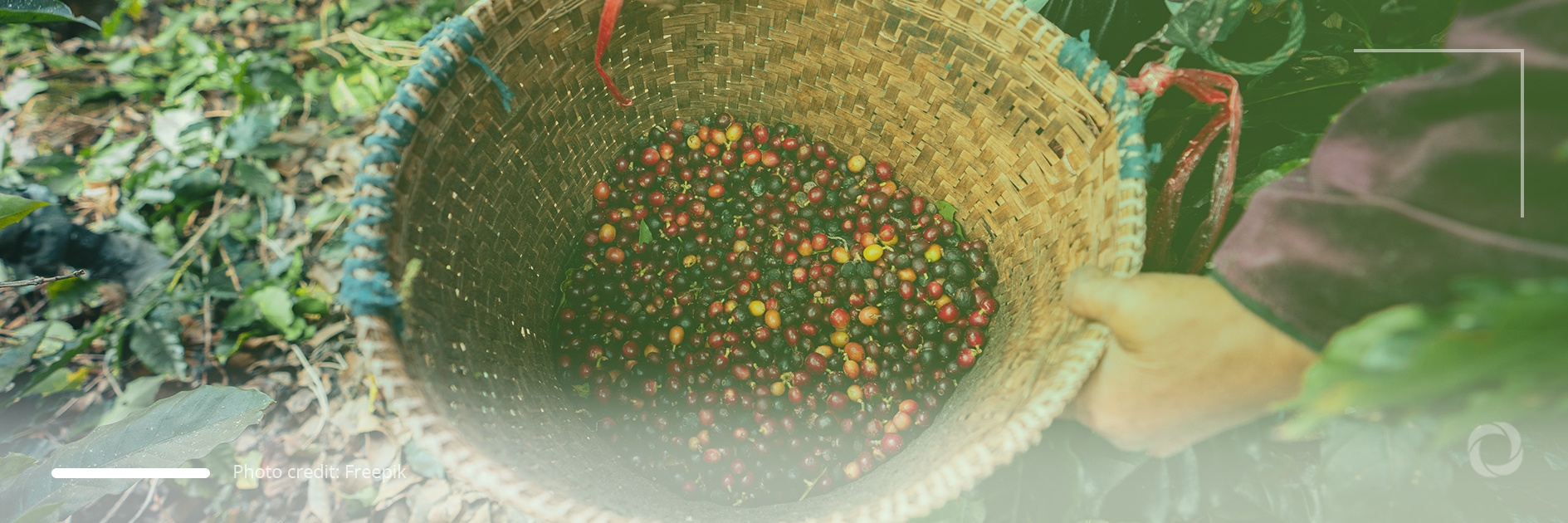The rise in global temperatures will not only increase the number of extreme weather events, it will also affect agriculture, including certain important crops whose production could be adversely affected if counter measures to mitigate the impact of climate change are not introduced. This is the conclusion of research published in the peer-reviewed scientific journal, PLOS One, which focused on three crops that are key for both farmers and consumers – avocados, cashews, and coffee.
The researchers checked the climate, soil, and land factors under three different global warming scenarios: low emissions, moderate emissions, and very high emissions which match the current global trend. Scientists also used 14 different climate models to better understand how changing conditions may impact crops.
All three crops are farmed mostly in tropical countries. They are not only basic products in local diets, they also have high economic value as many farmers rely on them for their livelihoods. Of the three, coffee will be hit the hardest by rising global air temperatures.
 Coffee
Coffee
In 2019, about 10 million tons of unroasted coffee beans were produced globally, according to the UN Food and Agriculture Organization. Of all the coffee produced, 60% is Arabica and the second most popular variety is Robusta. Globally, 64% of coffee produced globally comes from Brazil, Vietnam, Indonesia, and Colombia. In the lowest temperature scenario, Brazil would see a 76% reduction of the area where it is suitable to grow coffee. In Colombia, this figure will fall to 63%. In the case of moderate warming, Brazil would lose 80% of such land.
 Avocados
Avocados
In 2019, the world produced about 7.1m tonnes of avocados with 58% of globally traded avocados coming from Mexico, the Dominican Republic, Peru, and Indonesia. The main threat to avocado crops is the changing rainfall patterns provoked by global warming.
Mexico, the world’s largest producer, would see a major increase of over 80% in land suitable to produce avocados although Peru would lose around half of its suitable area under the same climate model. A moderate warming scenario would cut the area of land suitable for avocado production by about 20%. The Dominican Republic, Peru, and Indonesia would all lose between 55% and 70% of their prime avocado-growing areas.
 Cashew nuts
Cashew nuts
In 2019, about 3.8 million tonnes of cashew nuts were produced globally with 73% of the world production of this crop coming from four countries – Vietnam, India, Côte d’Ivoire, and Benin. Under the moderate warming scenario, the area suitable to grow cashews would grow by about 19% by 2050 globally. While Vietnam would experience a growth in the area of land appropriate to produce cashews by a third, Côte d’Ivoire would see a 16% reduction, India a 29% reduction, and Benin as much as a 78% reduction. The main cause of those changes in agricultural schemes is a change in the length of the dry season and rising minimum temperatures due to climate change.
Scientists point out that farmers will have to adjust to those changes by introducing mitigation and adaptation measures. Moving the locations of crop growing may also be an option to address changing weather patterns.

